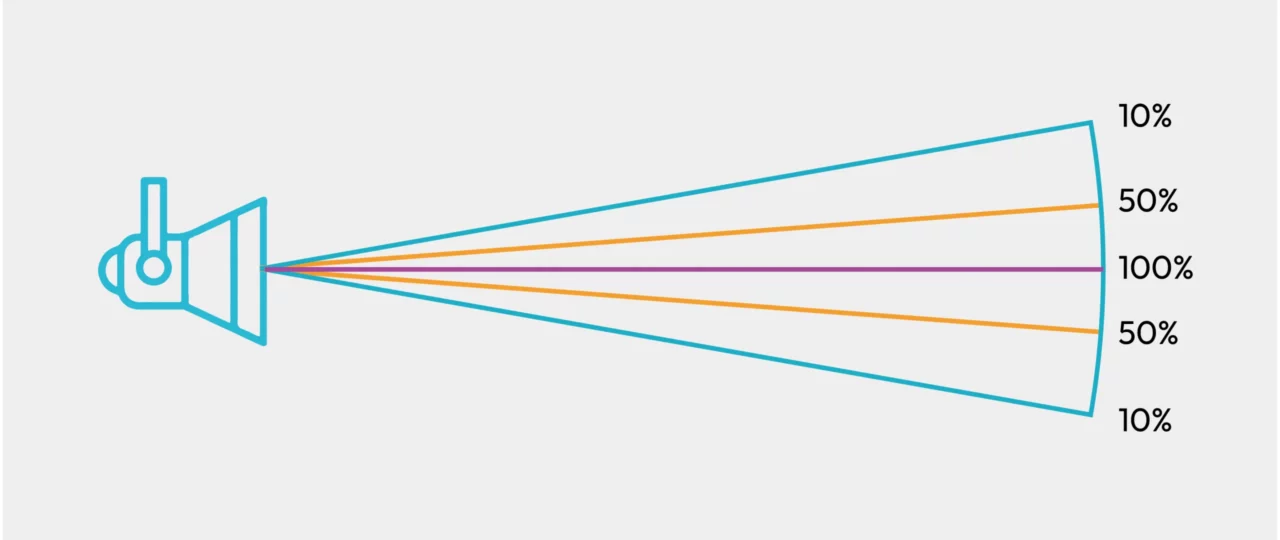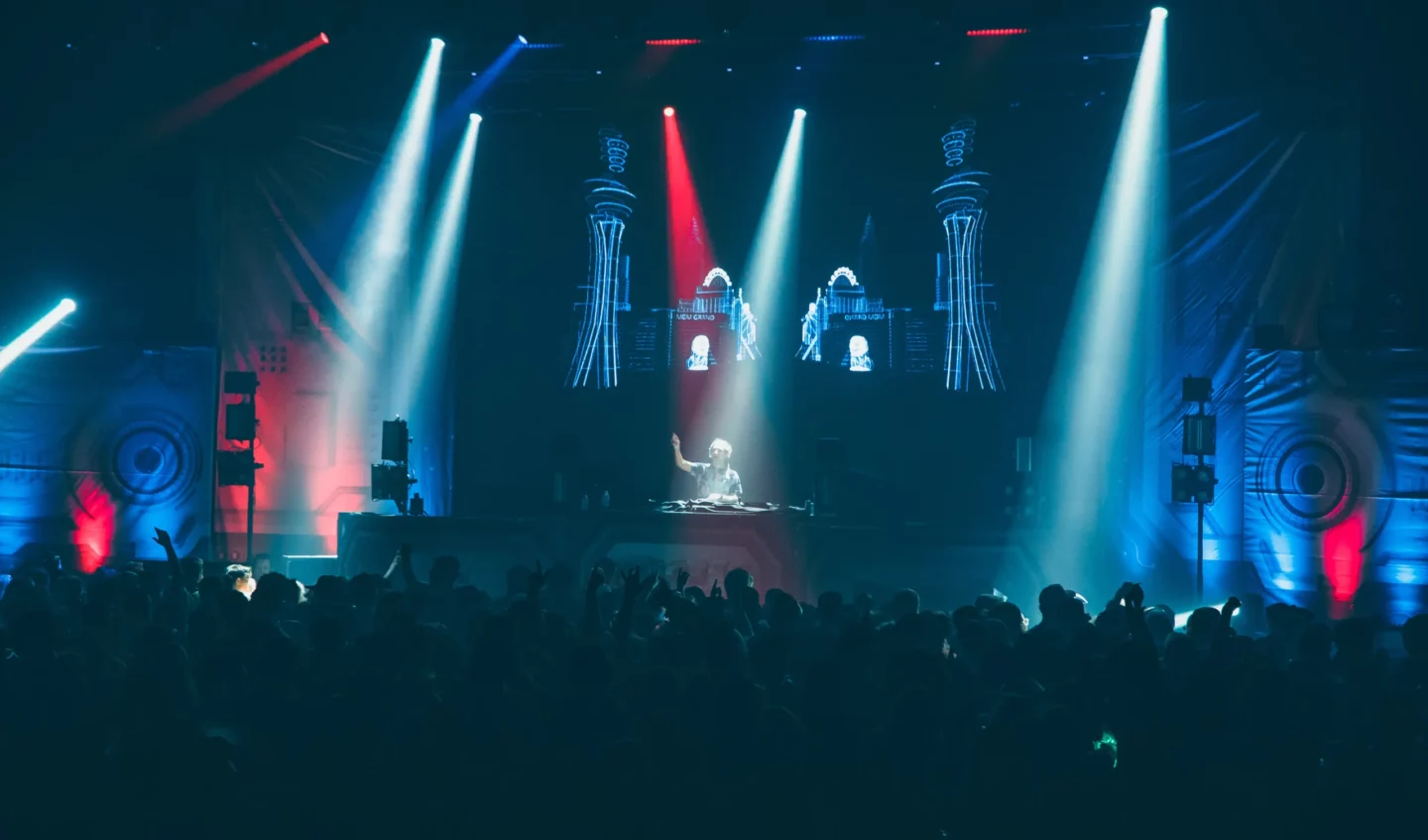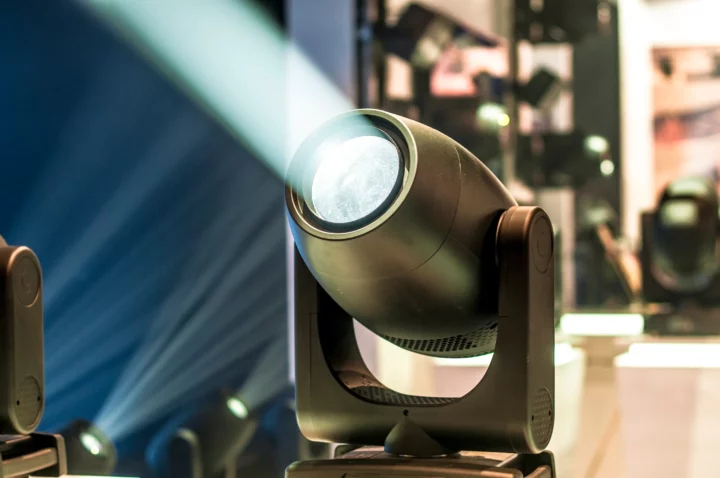Stage lighting plays a crucial role in creating the desired ambiance and setting the mood for a performance. One important aspect of stage lighting is the beam angle and field angle of the fixtures being used.
Beam angle is the angle between the two points on the beam where the intensity is half of(50%) the maximum intensity. The beam angle is an important consideration when selecting stage lighting fixtures because it determines how tightly focused the beam of light will be. A narrower beam angle will produce a more focused beam of light, while a wider beam angle will produce a softer, more diffused beam of light.
Field angle, on the other hand, is the angle between the two points on the beam where the intensity is 10% of the maximum intensity at the field plane. The field plane is the plane perpendicular to the axis of the beam at the point where the beam intersects the field. The field angle is typically wider than the beam angle and is used to determine how much of the stage or performance area will be illuminated by the light.

It is important to carefully consider the beam angle and field angle of the fixtures being used in order to create the desired lighting effect and enhance the overall performance. By understanding and utilizing these concepts, stage lighting technicians can effectively control the direction and intensity of the light beam to create the desired atmosphere and set the mood for a performance.



